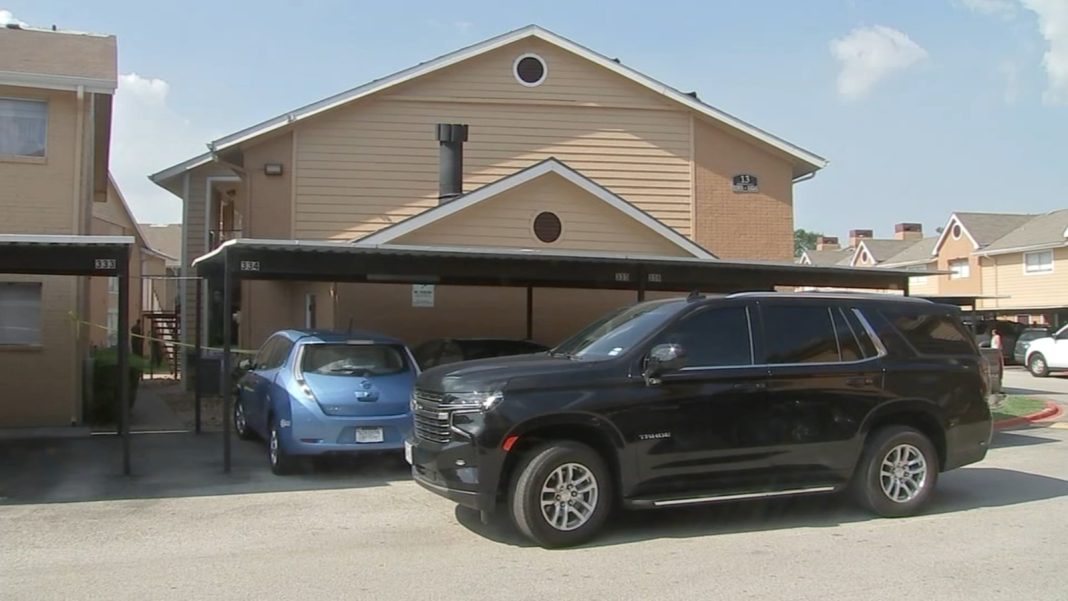 Retirement can be an expensive phase of life, especially with the rising cost of healthcare and living expenses. Many Americans have turned to reverse mortgages as a way to make retirement more affordable. These mortgages allow homeowners aged 62 and older to convert a portion of their home equity into cash, providing a source of income to cover everyday expenses. However, it’s important to be aware that reverse mortgages come with drawbacks as well. Before embarking on this path, it’s crucial to fully understand how they work and consider the potential risks involved.
Retirement can be an expensive phase of life, especially with the rising cost of healthcare and living expenses. Many Americans have turned to reverse mortgages as a way to make retirement more affordable. These mortgages allow homeowners aged 62 and older to convert a portion of their home equity into cash, providing a source of income to cover everyday expenses. However, it’s important to be aware that reverse mortgages come with drawbacks as well. Before embarking on this path, it’s crucial to fully understand how they work and consider the potential risks involved.
So, how exactly does a reverse mortgage work? Unlike traditional mortgages where homeowners make monthly payments, reverse mortgages actually provide money to the homeowner from the lender. The loan only needs to be repaid when the homeowner passes away, permanently moves out of the home, or sells it. Homeowners have several options for receiving the money, including a lump sum, a line of credit, monthly payments, or a combination of these. Over time, fees and interest are added to the loan amount, which must eventually be repaid. It’s important to note that the homeowner retains title and ownership of the property.
The most common type of reverse mortgage is the Home Equity Conversion Mortgage (HECM), which is insured by the Federal Housing Administration (FHA). HECMs are subject to specific rules and regulations set by the U.S. Department of Housing and Urban Development (HUD). Private lenders also offer reverse mortgages with their own rules and qualifications that may differ from HECMs.
To qualify for a reverse mortgage, homeowners must meet certain requirements. The primary homeowner listed on the title of the property must be at least 62 years old. Sufficient equity in the home is also necessary for qualification, with the required amount varying based on factors such as age, property value, and current interest rates. Additionally, the home being borrowed against must be the homeowner’s primary residence. Vacation homes or investment properties do not qualify. Lenders will also assess the homeowner’s financial ability to maintain the home and pay property taxes, homeowners association fees, and insurance going forward.
One of the most attractive aspects of reverse mortgages is the flexibility in receiving funds. Homeowners can choose a lump sum payment to cover big expenses like debt, home maintenance, or medical costs. A line of credit option allows for cash withdrawals as needed, providing a safety net for unexpected expenses. Monthly payments can supplement other income sources such as Social Security, pensions, or retirement account withdrawals. By integrating a reverse mortgage into their overall retirement strategy, homeowners can potentially enhance their financial security and better manage unforeseen challenges.
Reverse mortgages offer several advantages for retirees. Firstly, they eliminate mortgage payments while allowing homeowners to remain in their homes. This frees up cash flow for daily expenses, healthcare costs, home modifications, and leisure activities. Furthermore, the proceeds from a reverse mortgage are generally considered a loan advance rather than taxable income, which can benefit those in higher tax brackets or seeking to minimize their tax liability. Additionally, by using a reverse mortgage to supplement retirement income, homeowners can protect other assets and investments, allowing them to grow and provide greater financial security in the long run.
However, it’s important to consider the potential drawbacks and risks associated with reverse mortgages. Costs such as origination fees, mortgage insurance premiums, and closing costs are added to the loan balance over time, gradually reducing home equity. For individuals relying on Medicaid or Supplemental Security Income (SSI), the proceeds from a reverse mortgage may impact eligibility. Estate planning may also be affected due to the increasing loan balance, potentially reducing the equity available to heirs. If the borrower passes away or permanently moves, their family must decide whether to repay the loan, sell the house, or return it to the lender. Failure to meet mortgage responsibilities, such as paying property taxes or insurance, can lead to foreclosure.
Alternative options to reverse mortgages include tapping into home equity with alternative financial products like a home equity line of credit (HELOC) or cash-out refinance. Selling the home and downsizing to a more affordable one can also provide cash flow and reduce housing expenses. Annuities offer guaranteed lifetime income, ensuring that savings don’t run out during retirement. Working part-time or starting a small business can supplement retirement income and help stay connected within the community. Sticking to a strict budget and investing in long-term care insurance can also help manage expenses and protect savings.
Deciding whether a reverse mortgage is suitable for an individual depends on various factors, such as age, home equity, retirement goals, and other sources of income. It’s essential to seek guidance from financial experts and discuss the decision with family members. A reverse mortgage may be a viable option for those aged 62 or older with significant home equity, looking to supplement existing retirement income, and who have a solid plan in place to cover home maintenance, taxes, and insurance. However, it may not be suitable for those who own only a small portion of their home, don’t plan on residing there for an extended period, or lack alternative sources of income.
If one decides to pursue a reverse mortgage, it’s important to choose a reputable lender, undergo counseling, and submit an application. The process typically takes several weeks to a few months and involves providing documentation and having the home appraised. Costs such as origination fees, mortgage insurance premiums, and closing costs are typically rolled into the loan balance.
In conclusion, a reverse mortgage can be a valuable tool for supplementing retirement income. However, it’s crucial to carefully evaluate personal circumstances, consider the pros and cons, and explore alternatives. By seeking advice from experts and making an informed decision, homeowners can unlock their home’s potential to create a more secure and comfortable retirement.


